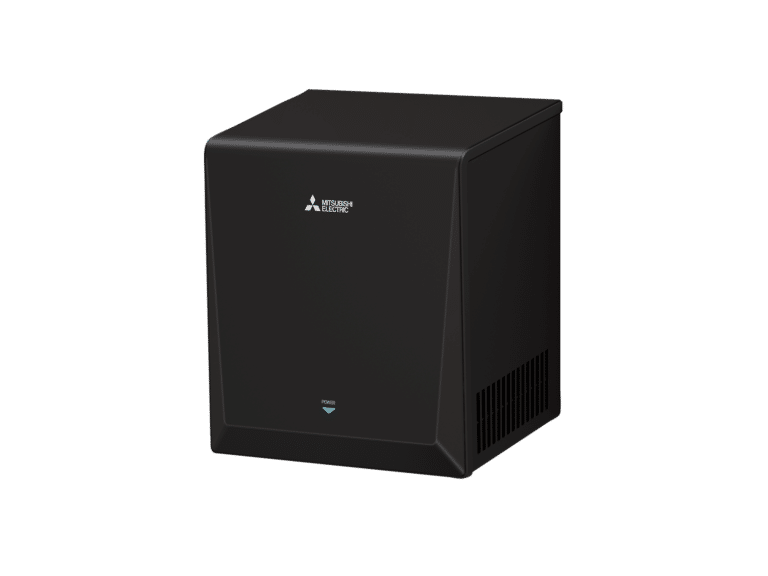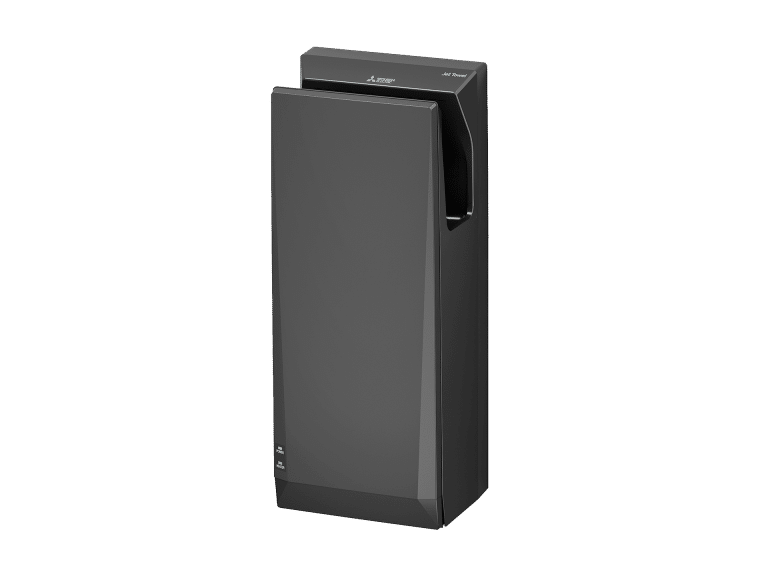Our Jet Towel models operate at different noise levels depending on the model and air speed setting. Each model features two air speed settings – Standard and High – allowing you to balance drying performance with noise requirements for your environment.
| Air Speed Setting |
Jet Towel Smart (JT-S2AP) |
Jet Towel Slim (JT-SB216JSH2) |
| Standard |
58-59 dB |
56 dB |
| High |
60-62 dB |
59 dB |
For reference: Normal conversation is approximately 60dB, making both models suitable for noise-sensitive environments like churches, schools, medical facilities, and offices when operated on the Standard setting. The Jet Towel Slim is our quietest option, operating at just 56dB on the Standard setting.

